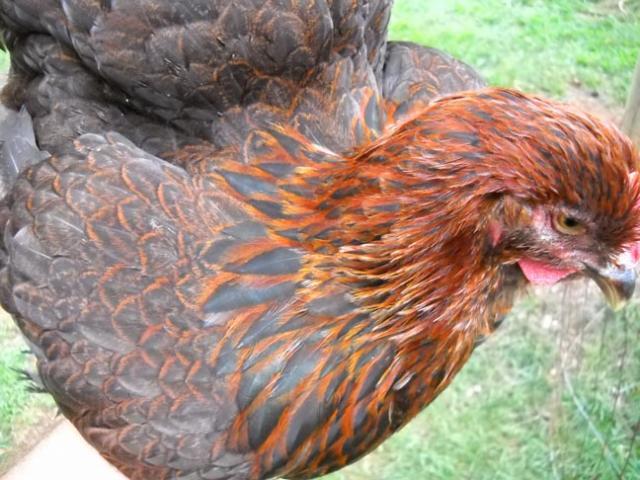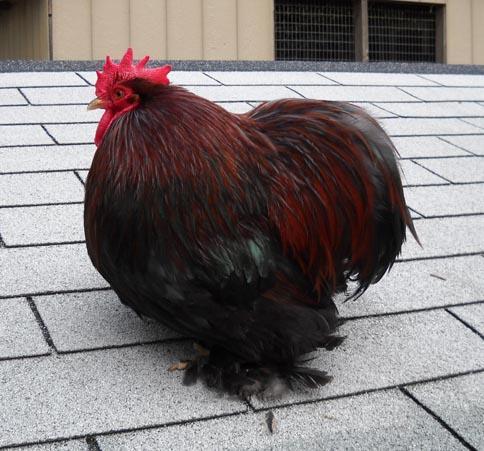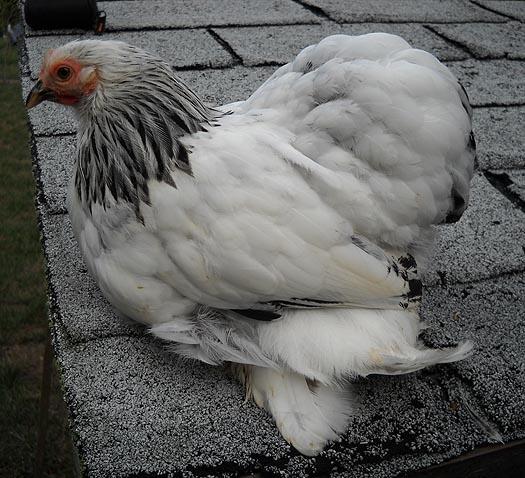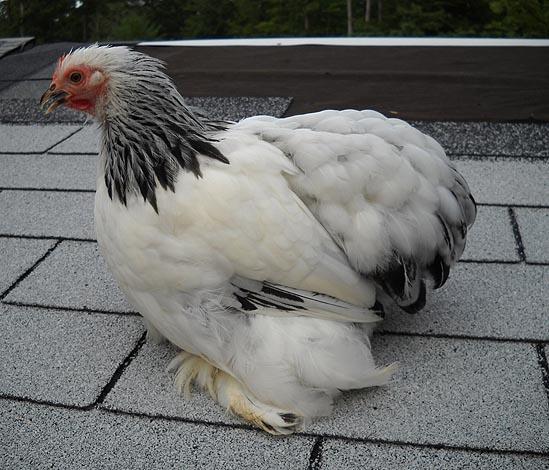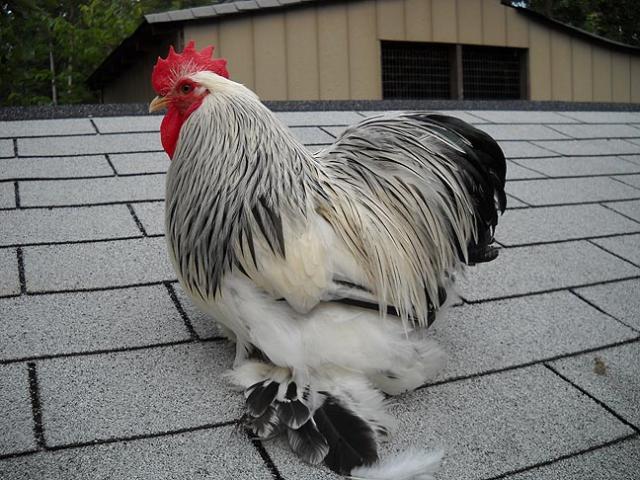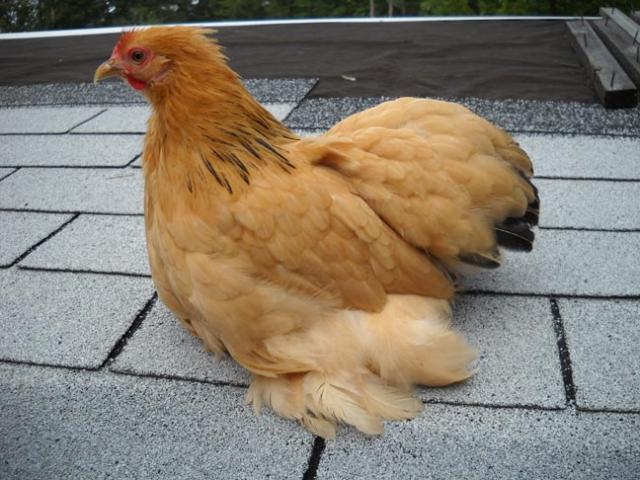Quote:
Thanks! I think they're all pretty too, but I'm getting ready to do some culling. They're about 5 months old now, and I'm becoming less and less happy with the type on most of them. What really stinks of that, as I've been watching them grow, the ones with the worst color have the best type! I have one cockerel and two or three pullets that I'm pretty pleased with though! I just bought three new pens that each have 4 compartments in them (really nice, custom-built wood and wire pens, and I got them for a steal), so my imagination's been running wild as far as what I can do with them with all this new pen space.

I'll post pictures of all of them and get opinions before I make the final decision of who stays and who goes in a few months.
dak - She's beautiful!

So how do you chose on type versus color? Especially with the Columbians - who have such an intricate pattern.
Thanks! I think they're all pretty too, but I'm getting ready to do some culling. They're about 5 months old now, and I'm becoming less and less happy with the type on most of them. What really stinks of that, as I've been watching them grow, the ones with the worst color have the best type! I have one cockerel and two or three pullets that I'm pretty pleased with though! I just bought three new pens that each have 4 compartments in them (really nice, custom-built wood and wire pens, and I got them for a steal), so my imagination's been running wild as far as what I can do with them with all this new pen space.

I'll post pictures of all of them and get opinions before I make the final decision of who stays and who goes in a few months.
dak - She's beautiful!

So how do you chose on type versus color? Especially with the Columbians - who have such an intricate pattern.










